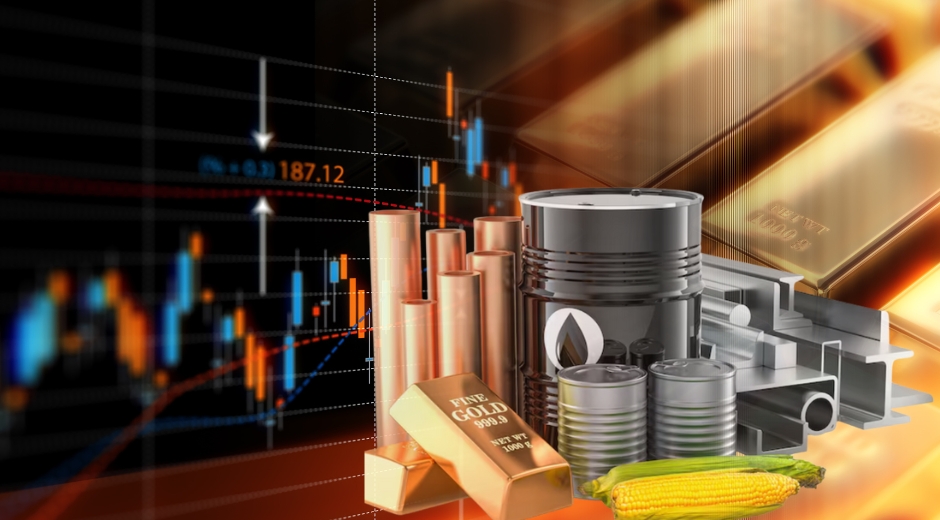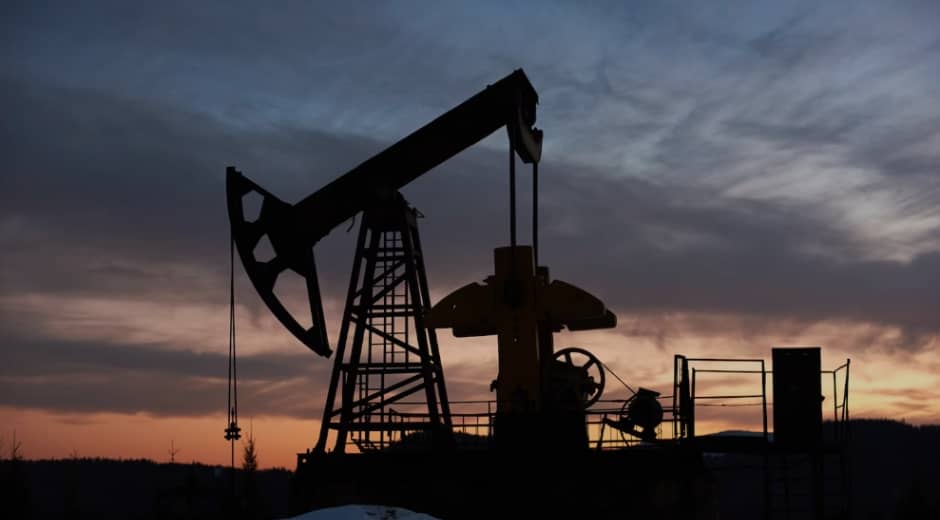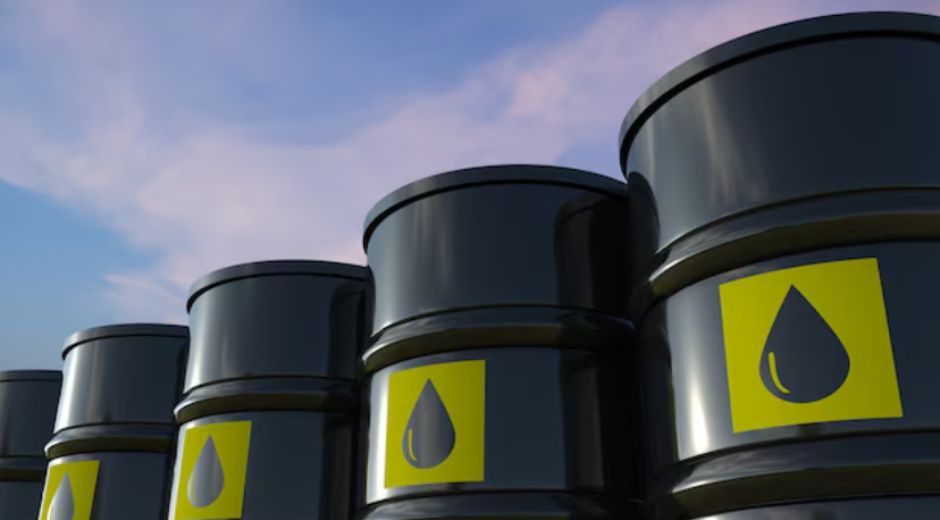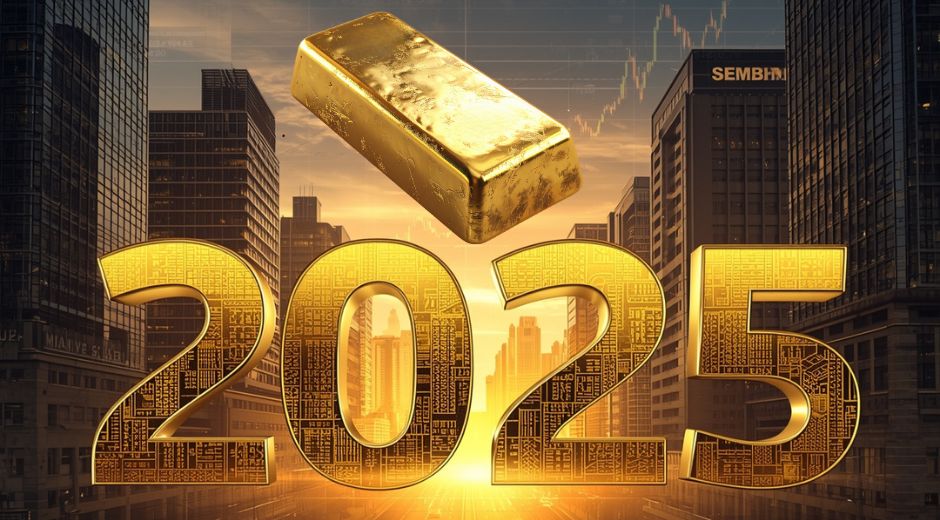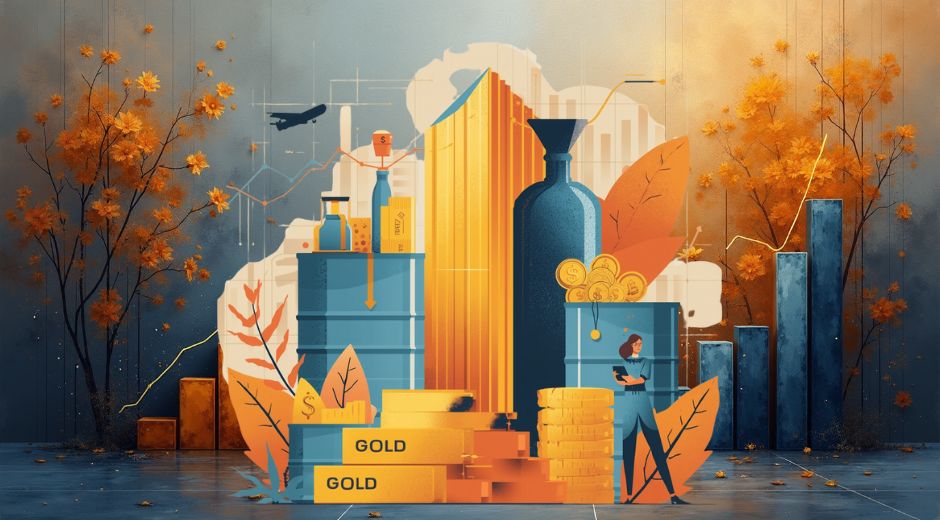From Mines to Markets: How Resource Costs Shape Global Economies
In an interconnected global economy, few forces wield as much influence as resource costs. From the minerals mined deep underground to the commodities traded on digital platforms, the price of raw materials affects nearly every aspect of modern life.
Whether it’s the copper in your smartphone, the lithium in electric car batteries, or the crude oil powering industries, resource costs dictate not only production expenses but also inflation, trade relationships, and national development.
This article explores how the journey from mines to markets defines global economies, revealing why the cost of natural resources has become a key barometer for economic stability and growth.
1. Understanding Resource Costs: The Foundation of Global Trade
At their core, resource costs represent the total expenses involved in extracting, refining, and transporting raw materials. These costs are determined by a complex mix of:
-
Supply and Demand Dynamics — Global production capacity, consumption trends, and stockpile reserves influence pricing.
-
Geopolitical Factors — Trade sanctions, tariffs, and regional conflicts can disrupt supply chains.
-
Technological Advancements — Automation, green mining, and AI-driven logistics reduce extraction and distribution costs.
-
Environmental Policies — Sustainability standards and carbon taxes are increasingly shaping production expenses.
Understanding these forces helps explain why resource costs fluctuate and how they ripple through the economy.
2. The Ripple Effect: How Resource Costs Impact Everyday Life
When the price of essential resources changes, its effects cascade across industries and consumers.
-
Energy Prices: Rising oil or gas prices increase transportation and manufacturing costs, raising prices for everyday goods.
-
Construction Materials: Higher steel or cement prices affect housing markets and infrastructure projects.
-
Agricultural Inputs: Fertilizer and fuel costs impact global food prices and supply chain resilience.
Every consumer product, from electronics to clothing, is linked to resource costs in some form. This interdependence makes resource pricing one of the most significant drivers of inflation and consumer spending power.
3. Mining: The True Cost Beneath the Surface
Mining is the starting point for many global commodities. However, the true cost of extraction extends far beyond equipment and labor.
-
Energy-Intensive Operations: Mining consumes vast amounts of power, especially in developing nations where energy grids are fragile.
-
Environmental Degradation: Water pollution, deforestation, and emissions increase the long-term societal costs.
-
Labor and Safety Standards: Ethical labor practices and worker safety are integral to sustainable extraction.
As nations prioritize environmental and social responsibility, companies must account for these hidden resource costs when assessing profitability.
4. The Hidden Costs of Resource Extraction
While we often focus on financial costs, resource costs include environmental and social dimensions too:
-
Environmental Degradation: Deforestation, pollution, and loss of biodiversity accompany many extraction operations.
-
Social Displacement: Mining and drilling can disrupt local communities and indigenous populations.
-
Long-Term Sustainability: Overexploitation threatens the longevity of global supply chains.
True economic growth must now consider the sustainability-adjusted cost — a measure that incorporates ecological and human impacts into pricing models.
5. Geopolitics and Resource Dependency
The global economy operates on an intricate network of supply and dependency. Nations that control vital resources often wield disproportionate power in the global arena.
-
Oil States: Countries like Saudi Arabia and Russia influence global markets through production adjustments.
-
Technology Metals: China’s dominance in rare earth elements gives it leverage over the tech sector.
-
Strategic Reserves: Nations stockpile resources like copper or lithium to secure economic resilience.
The resulting geopolitical tensions — often called “resource diplomacy” — shape alliances, trade wars, and even conflicts.
6. Supply Chains and Market Volatility
Modern supply chains are global and fragile. A single disruption in one region can ripple across continents.
-
Pandemic Disruptions: COVID-19 exposed how dependent industries were on singular resource routes.
-
Natural Disasters: Floods, fires, and earthquakes can halt production and inflate resource costs overnight.
-
Infrastructure Bottlenecks: Limited ports, railways, and storage facilities compound market volatility.
Resilient economies invest in resource diversification, sourcing materials from multiple regions to minimize disruption risks.
6. Investment Strategies in 2025
Investors are exploring diverse strategies to capitalize on precious metal opportunities in 2025.
Popular Approaches:
-
Bullion Investment: Physical gold, silver, and platinum bars remain a trusted hedge.
-
ETFs and Mutual Funds: Easy access to precious metals without physical storage concerns.
-
Mining Stocks: Exposure to companies producing metals, with potential for higher returns.
-
Futures and Options: Advanced trading for risk management and speculation.
-
Tokenized Metals: Fractional ownership of metals through blockchain platforms.
Impact:
Diversified strategies enable investors to tailor exposure based on risk appetite, liquidity needs, and market outlook.
7. Technology’s Role in Reducing Resource Costs
Innovation has always been the key to controlling resource costs:
-
Automation and AI: Advanced robotics improve mining safety and efficiency, lowering labor costs.
-
Recycling Technologies: Recovering valuable materials from waste products reduces the need for new extraction.
-
Material Innovation: Scientists are developing substitutes for scarce resources — like graphene replacing silicon or copper.
As these technologies mature, they will not only stabilize resource costs but also reduce the environmental burden of traditional extraction.
8. The Green Revolution and Its Price Tag
Sustainability has become a driving force behind modern industrial change. Yet the green transition comes with its own set of resource costs:
-
Battery Production: Electric vehicles rely on lithium, cobalt, and nickel — all mined through energy-intensive processes.
-
Renewable Infrastructure: Wind turbines and solar panels require metals like copper and aluminum in massive quantities.
-
Circular Economies: Recycling and reuse systems demand upfront investment but promise long-term cost reduction.
Balancing ecological goals with financial realities remains one of the central economic challenges of this decade.
9. Case Studies: How Resource Costs Shape Nations
a. Chile – The Copper Capital
Chile’s economy thrives on copper exports, accounting for roughly half of its total export value. However, water shortages, labor disputes, and global demand fluctuations have caused production challenges. When resource costs rise, Chile’s GDP feels the impact immediately.
b. Nigeria – Oil Dependency and Diversification
Nigeria’s heavy reliance on crude oil revenues makes it vulnerable to global price swings. High resource costs in exploration and refining have pressured the government to diversify into agriculture and technology.
c. China – Strategic Resource Control
China dominates global production of rare earth elements and lithium processing. This control gives the nation strategic leverage in the global tech supply chain — a prime example of resource costs translating into geopolitical power.
10. How Consumers Feel the Ripple Effect
Everyday consumers experience resource costs more directly than they might think:
-
Inflation: Rising commodity prices increase the cost of goods and services.
-
Energy Bills: Utility costs reflect changes in global fuel and electricity pricing.
-
Technology Prices: Smartphones, cars, and appliances become more expensive as material costs climb.
In short, consumers are the end of the chain that begins in distant mines and drilling sites.
11. The Financial Markets and Commodities
Traders and investors closely monitor resource costs because they directly influence global markets:
-
Commodity Indexes: Benchmarks like the Bloomberg Commodity Index track prices across sectors.
-
Futures Markets: Companies hedge against price fluctuations by locking in future purchase rates.
-
Currency Movements: Resource-rich nations often see their currencies rise and fall with commodity prices.
The stock market’s performance is often a reflection of underlying resource cost trends — not just investor sentiment.
12. The Push for Sustainable Resource Management
Global organizations are developing frameworks for fair, transparent, and environmentally responsible resource use:
-
ESG Standards: Companies now disclose environmental, social, and governance data related to resource sourcing.
-
Circular Economy Policies: Encouraging repair, reuse, and recycling reduces dependency on raw extraction.
-
Global Agreements: Initiatives like the Paris Climate Accord tie sustainable practices directly to trade benefits.
The next generation of resource cost management will combine profitability with long-term ecological balance.
13. Looking Ahead: The Future of Resource Economics
As the global population grows and demand for materials intensifies, the next frontier lies in smart resource allocation:
-
Data-Driven Decision Making: AI will forecast resource needs and optimize extraction logistics.
-
Blockchain Transparency: Supply chain tracking will ensure ethical sourcing and fair pricing.
-
Urban Mining: Cities will become new sources of raw materials through large-scale recycling efforts.
-
Cross-Industry Collaboration: Energy, manufacturing, and technology sectors will align to share resources efficiently.
The winners of the next decade will be those who can balance innovation, sustainability, and cost control in a resource-constrained world.
14. Conclusion: The Real Cost of Progress
From the depths of mines to the shelves of global markets, resource costs determine how economies function, how industries evolve, and how nations rise or fall.
Understanding the dynamics of extraction, supply chains, and sustainability isn’t just for economists — it’s for anyone who wants to comprehend how the modern world operates.
Whether you’re an investor, policymaker, or everyday consumer, recognizing the value — and cost — of natural resources provides clarity in an increasingly interconnected global economy.
For more global insights and market analyses, visit Newspapersio.com.
-
Global economics and policy analysis: FinanceWorldHub.com
Education Made Simple
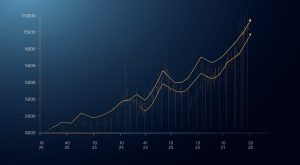
Blue Chip Stocks in 2025: Resilience, Reliability, and Real Growth
Blue Chip Stocks in 2025 remain pillars of market stability and growth, offering investors security, dividends, and consistent long-term value.

Index Funds in 2025: The Timeless Strategy Thriving in a New Financial Era
Index Funds in 2025 remain a cornerstone of smart investing, balancing simplicity, diversification, and steady returns in a volatile market environment.
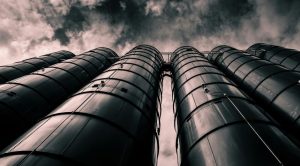
Natural Gas in 2025: Balancing Energy Demand and Sustainability
Natural Gas in 2025 plays a pivotal role in global energy transition, balancing affordability, sustainability, and reliability amid evolving markets.

Tokenization in 2025: Redefining Ownership in the Digital Economy
Tokenization in 2025 transforms how assets are owned, traded, and valued, bringing transparency and liquidity to global financial systems.

Earnings Season 2025: What Investors Should Watch for in a Shifting Market
Earnings Season 2025 reveals how corporate results are shaping market confidence, guiding investors through volatility and economic transition worldwide.

Dividend ETFs in 2025: Consistent Income for a Volatile Market
Dividend ETFs in 2025 offer stability and passive income amid market uncertainty, helping investors balance risk and long-term returns effectively.

Copper’s Comeback: Why the Red Metal Is Powering the Next Global Boom
Copper’s comeback in 2025 is reshaping global industries as the red metal fuels electric vehicles, green tech, and infrastructure growth worldwide.

Stablecoins in 2025: The Bridge Between Traditional Finance and Digital Trust
Stablecoins in 2025 are redefining trust between crypto and traditional finance, offering stability, faster payments, and global accessibility for investors.
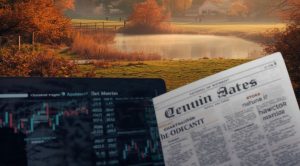
October Stocks: Market Trends and Investment Insights
October Stocks provide a detailed view of market trends, sector performance, and investment opportunities for the month. Explore insights, analysis, and strategies for optimizing portfolios in October.

Cybersecurity ETFs: Safeguarding Portfolios in the Digital Era
Cybersecurity ETFs allow investors to access a diversified portfolio of companies protecting critical digital infrastructure. Learn market trends, growth drivers, and strategies for investing in this essential sector.

Cobalt Supply Chain: Navigating Risks and Opportunities in Global Commodities
The cobalt supply chain underpins the production of batteries, electric vehicles, and advanced technologies. This analysis explores market dynamics, supply risks, and investment opportunities shaping the global commodities landscape.

Layer-2 Scaling: Revolutionizing Blockchain Performance
Layer-2 scaling solutions are reshaping blockchain technology by improving transaction throughput, lowering fees, and enabling broader adoption. Explore trends, insights, and technical developments in this comprehensive analysis.

AI Semiconductor Stocks: Driving the Next Tech Revolution
AI semiconductor stocks represent the forefront of technology innovation, enabling artificial intelligence, machine learning, and next-generation computing.






